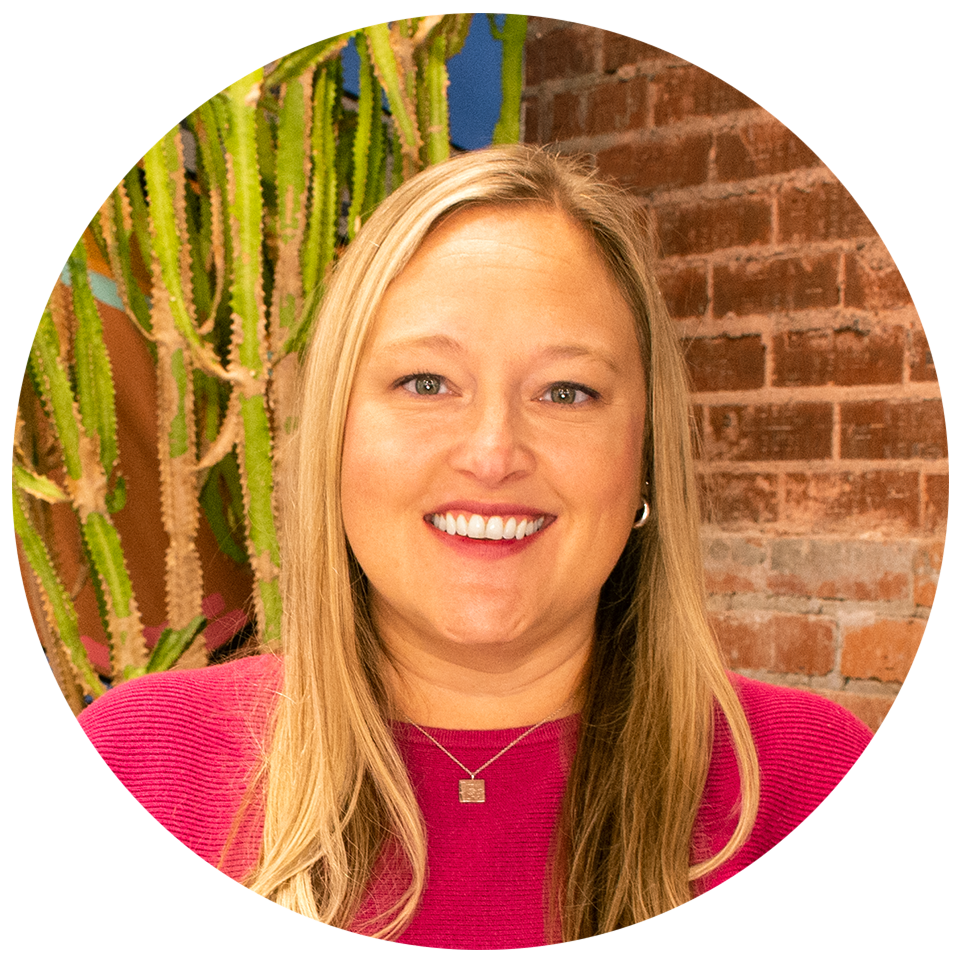Annual fund planning in January - WHAT?!
You rushed around in November to get an annual fund appeal out the door. I’m guessing that the last thing you want to think about right now is your next annual fund appeal. I mean, you’ve got until November, right? Wrong. To avoid all that rushing around and to make your appeal that much more effective, there are things you can (and should) do now, and throughout the year, to prepare for that big push in the fall. Whether you increased giving this year, stayed the same as last year or fell short of your goal, here are a few ideas to help jump start your efforts to make a difference in your annual fund giving this year.
Make a plan.
I’m a planner. I have spreadsheets, checklists, to-do lists, etc. You name it and I’ll plan it. Not everyone is like this and that’s okay. However, take some time to put some thought into your annual fund plan. Successful annual funds consist of more than one letter, once a year. In fact, the most successful campaigns make some contact with their donors at least 10 times before an ask is made. Now is a great time to sit and think and plan different ways you can connect with your donors throughout the year. For example, use your newsletter, e-newsletter and social media stories and posts to engage with your audiences.
Writing it down doesn’t mean you have to follow through on everything you thought of, but it will get you moving in the right direction. You can use a pencil if it makes you feel better, but if it isn’t even on your radar, what is the likelihood that you’ll do anything at all?
Look at more than dollars raised.
Hitting your fundraising goal is going to be important to your board, executive director and program staff. But it doesn’t always tell the whole story of how successful your campaign really is. Take some time to consider how many gifts came in, what the average gift amount was, how many new donors you had, how many donors you lost and identify opportunities for larger gifts. Knowing where your money came from is just as important as how much came in.
If your database has a LYBUNT (last year but not this year) report – run it! Then personally contact each and every person on that report. If they gave you a donation last year, find out why they didn’t give again this year.
Combat donor churn.
For every donor you lose, you need to gain four to take their place. That is tough to do, so you need to do your best to keep the donors you have. Donors want to hear from you more often than once a year. They want to be thanked properly and timely, and they want to know what their donation did for your organization. Thank your donors, invite them to volunteer, send them information about your organization (that doesn’t ask for money); i.e., keep them informed! Especially with the new tax laws, a larger standard deduction eliminates the ability to deduct charitable gifts, which may change the way donors act in 2018, making it even more important to communicate with your donors throughout the year. They’ve already given to your organization so they are interested in what you’re doing. If they don’t know how their donation helped, why would they give to you again?
Thank them.
Did I mention thanking your donors? I did – twice. A proper thank you letter with the correct name, donation amount and any restrictions should be sent within 48 hours of receiving a gift. Especially when it gets to the end of the year, donors are keeping track of receipts for their taxes. Do not make them call you for their thank you!
Collect new names.
I think the most difficult thing to do in an annual fund is to find new names to add to your list. Purchasing lists can be expensive, time consuming and usually have a very low return on investment. But if you are sending to the same people over and over every year, your annual fund will suffer. First make sure you are soliciting your “inner circle.” This includes your board, employees, vendors, volunteers and committees. Then start thinking. Add event participants, clients or grateful families (depending on the type of service you provide) and other people who are close to your organization and keep working outwards. If you have their name, address or email – add it to your list.
Individuals are the largest segment of donors, giving more than 70 percent of all donations. Too many times, nonprofits focus on grants and fundraising events throughout the year while ignoring their annual fund until they send one mailing in November. Make some of these small changes now to make your annual fund more successful.
Like what you read? Subscribe to our weekly blog and it will be delivered directly to your inbox!

Sara Lundenberger - VP, Nonprofit services & operations
Although Sara never meant to be a fundraiser, her first post-college job was as a development assistant and she never looked back. She loves working with our nonprofit clients because they know what they want to achieve, but they may not always know how to get there. She integrates fundraising best practices with an organization’s capacity to create processes and plans that are usable. Sara truly believes nonprofits make the world a better place. From her previous positions to the fantastic clients she works with now, she learns a little more about the world we live in every day. We are all touched by a nonprofit organization every day, whether we know it or not.

